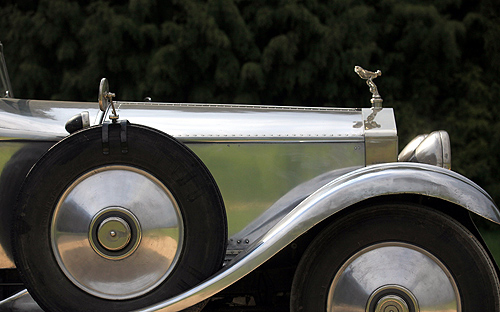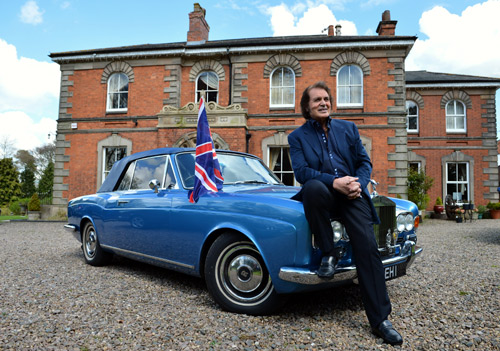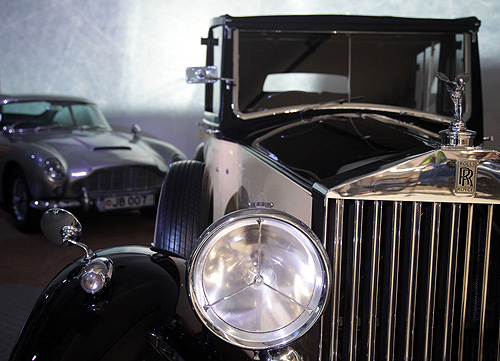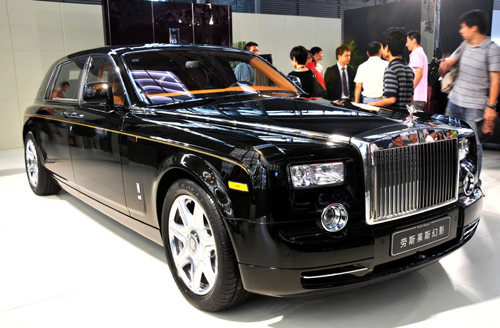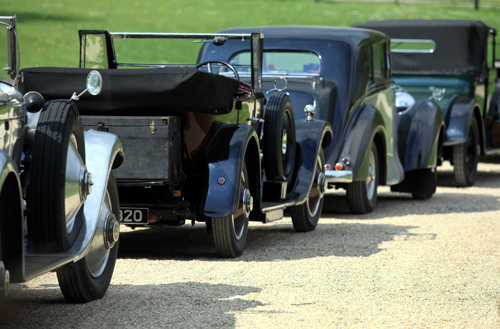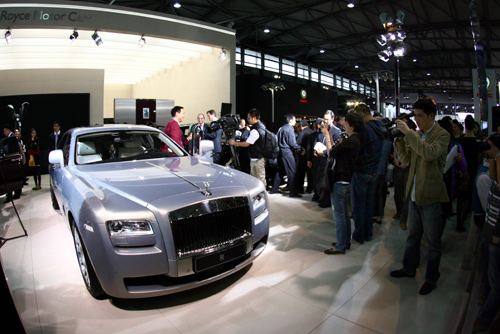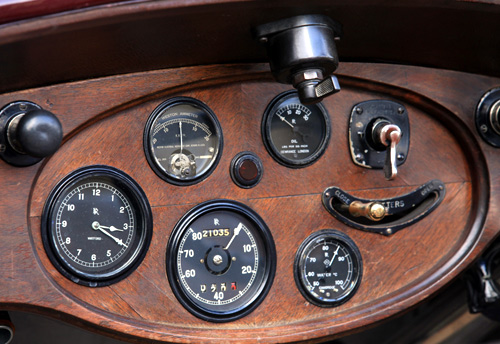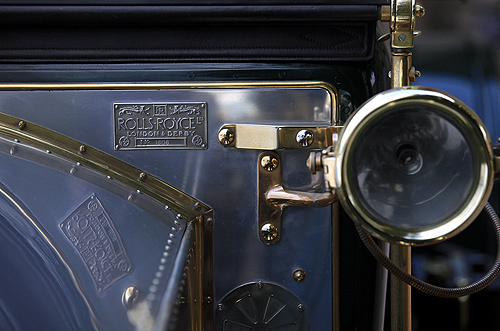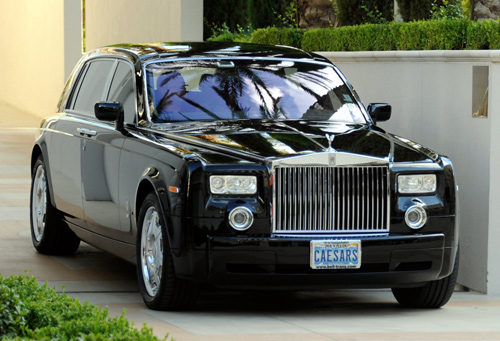 | « Back to article | Print this article |
What's so special about the Rolls-Royce
Rolls-Royce Limited was created over a famous lunch in May 1904. Henry Royce, a successful engineer, struck a deal with Charles Rolls, owner of one of the first car dealerships. The rest is history.
Click NEXT to read more...
What's so special about the Rolls-Royce
The ensuing series of two, three, four and six cylinder cars broke the mould for engineering and craftsmanship.
The company (now called Bentley Motors Limited) was acquired by Volkswagen in 1998, with the Rolls-Royce brand separately licensed (by Rolls-Royce plc) to BMW to establish a new car company (Rolls-Royce Motor Cars).
Click NEXT to read more...
What's so special about the Rolls-Royce
The Silver Ghost, launched in 1907, was a car of legendary smoothness that completed a 14,371 mile virtually non-stop run, creating 'the best car in the world' legend.
Click NEXT to read more...
What's so special about the Rolls-Royce
The war changed the perception of Rolls-Royce from a "brilliant sprat in the ocean of technology" into a world contender in aero propulsion. This was demonstrated with the Gloster Meteor which, powered by Rolls-Royce Derwent V engines, established a new world air speed record of 606 mph.
Click NEXT to read more...
What's so special about the Rolls-Royce
The Silver Dawn was the first Rolls-Royce to be sold with a standard steel body and all were exported. A few were fitted with coach-built bodies and these are very collectable.
Click NEXT to read more...
What's so special about the Rolls-Royce
In the second half of the 20th century, Rolls-Royce began their long association with the Royal Family, replacing Daimler as the preferred supplier of motor cars to the monarchy.
Click NEXT to read more...
What's so special about the Rolls-Royce
In 1950, HRH Princess Elizabeth and the Duke of Edinburgh broke a long-standing royal tradition and took delivery of the first Phantom IV. Designed exclusively for Royalty and Heads of State, the Phantom IV is one of the rarest Rolls-Royce motor cars in the world, with only 18 ever being produced.
Click NEXT to read more...
What's so special about the Rolls-Royce
The end of the 50s decade saw Phantom V replace the Phantom IV. Powered by a V8 engine and featuring a coach-built body, it sold significantly greater numbers than its predecessor.
Click NEXT to read more...
What's so special about the Rolls-Royce
The swinging sixties saw Rolls-Royce appeal to a new breed of owner. With many actors, pop stars and celebrities of the day choosing the manque. Not for the first time, a Rolls-Royce became a star of the silver screen itself.
Click NEXT to read more...
What's so special about the Rolls-Royce
Introduced in 1965, the Silver Shadow I was the first Rolls-Royce to feature a monocoque chassis. It had a top speed limited to 118 mph and was capable of producing 220BHP at 4,500 rpm.
Click NEXT to read more...
What's so special about the Rolls-Royce
The 1970s proved to be a challenging decade for Rolls-Royce. Despite going into receivership and relaunching as two separate companies, Rolls-Royce Limited for the aero division which became Rolls-Royce plc in 1985, and Rolls-Royce Motors Limited for the Motor Car division, many notable models were introduced.
Click NEXT to read more...
What's so special about the Rolls-Royce
A Rolls-Royce powered car broke the land-speed record again in 1983. Thrust 2, driven by Richard Noble, was powered by a Rolls-Royce Avon 302 jet engine, achieving 633.468 mph.
Click NEXT to read more...
What's so special about the Rolls-Royce
The 1990s saw the end of production at Crewe and the start of a new chapter in the history of Rolls-Royce when the BMW Group purchased the rights to produce Rolls-Royce motor cars.
Click NEXT to read more...
What's so special about the Rolls-Royce
The first new Rolls-Royce of the 21st century began with a challenge to build the best car in the world. The result: Phantom.
Click NEXT to read more...
What's so special about the Rolls-Royce
The Rolls-Royce headquarters and assembly plant lies in the Sussex Downs at Goodwood,UK. Shaped by the vision of world-renowned architect, Sir Nicholas Grimshaw, the facility inspires everyone who works there and sits sympathetically within the natural beauty of its setting.


